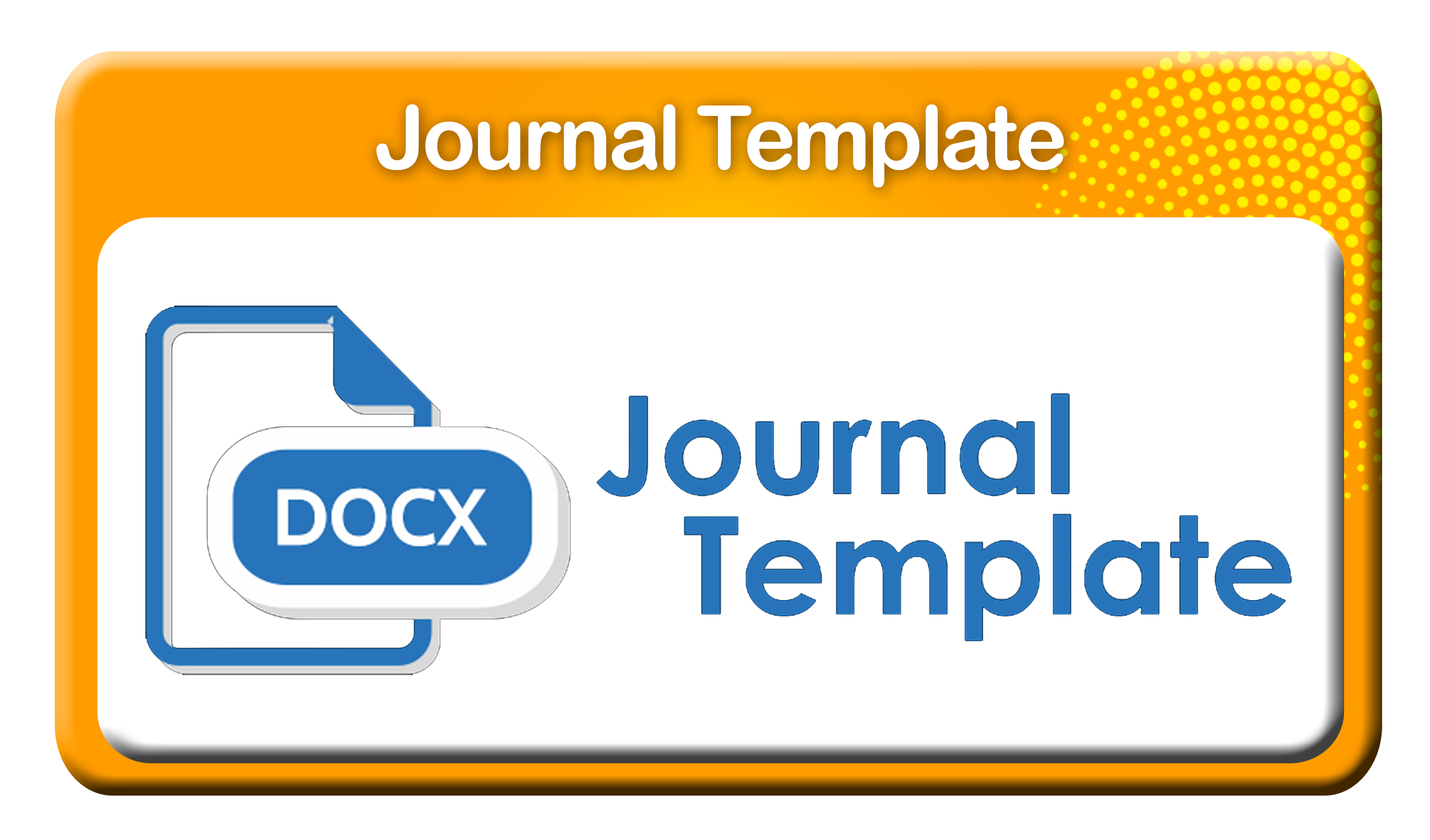RELATIONSHIP OF RESPONSE TIME AGAINST ACCURACY IN EMPLOYEE ACTIVITIES INPATIENT CARDIAC ARREST
DOI:
https://doi.org/10.29082/IJNMS/2019/Vol3/Iss3/252Abstract
Cardiac arrest is a condition where the heart is unable to pump blood at all as a result of abnormal heart rhythms that are not effective. Response time is the speed and accuracy of service time needed by patients to get help in accordance with the emergency of the disease since entering the emergency room. Good response time for patients is <5 minutes if it passes it can result in the lives of patients in danger and can even cause death. The purpose of this study is to determine the relationship of response time to the emergency actions of cardiac arrest patients. The design in this study was an analytical correlation using a cross-sectional approach. The population in this study were all nurses in the IGD and ICU in Sakinah Mojokerto Hospital and Hasanah Mojokerto Hospital in 52 nurses. The sampling technique used is total sampling. The instrument used was a stopwatch and SOP observation sheet for handling Cardiac arrest patients. The results showed that most nurses had response time ≤ 5 minutes as many as 35 respondents (67.3%) and the accuracy of emergency actions in cardiac arrest patients according to SOP were 40 respondents (76, 9%). The faster the nurse performs the response time it is expected that the more appropriate in performing emergency actions in cardiac arrest patients
Downloads
Downloads
Published
Issue
Section
License
Authors who publish with IJNMS agree to the following terms
- Authors retain copyright licensed under a Creative Commons Attribution-ShareAlike 4.0 International License that allows others to share the work non-commercially with an acknowledgement of the work's authorship and initial publication in this journal.
- Authors are permitted and encouraged to post their work online (e.g., in institutional repositories or on their website) prior to and during the submission process, as it can lead to productive exchanges, as well as earlier and greater citation of published work (See The Effect of Open Access). Authors can archive pre-print and post-print or publisher's version/PDF.









_IJNMS.png)






